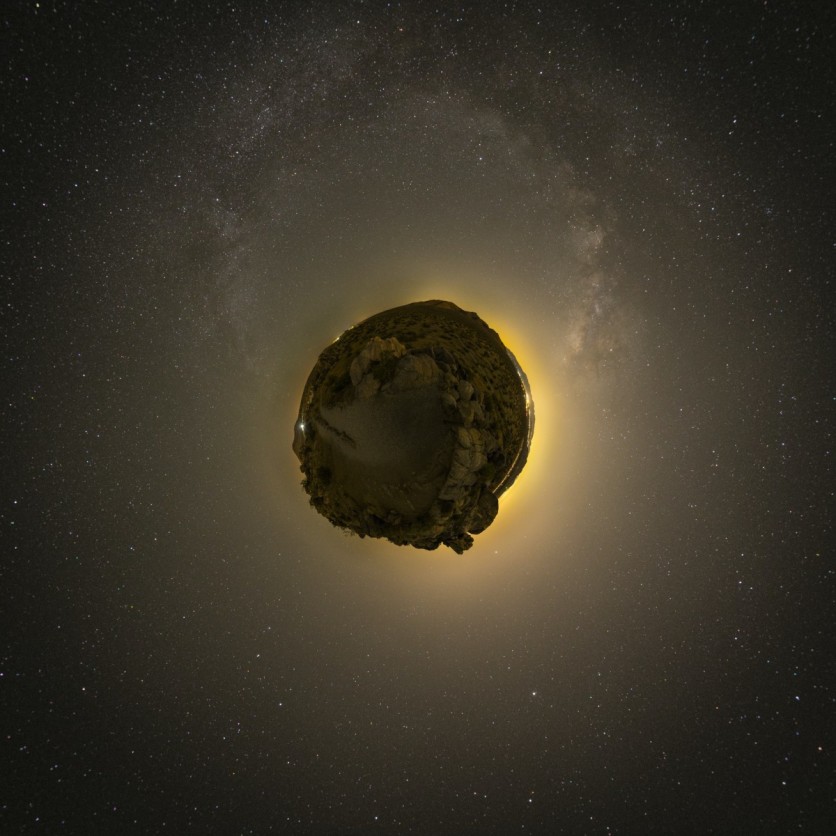
NASA just launched its Double Asteroid Redirection Test or DART on the SpaceX Falcon 9 rocket taking off from California's Vandenberg Space Base. To explain further, DART is the world's very first full-scale mission with the intent of testing out technology that aims to defend the Earth against comet or asteroid hazards.
NASA DART Aims to Autonomously Navigate to an Asteroid
According to the story by GoodNewsNetwork.org, DART aims to show that a spacecraft is capable of autonomously navigating to an asteroid and intentionally crashing into it. This method of deflection is known as kinetic impact.
The test aims to provide important data to help scientists better prepare for any futuristic asteroids that could pose an impact hazard to Earth should they discover one in the future. LICIACube rode with DART and was released before DART's impact in order to capture images of the impact as well as the resulting cloud of ejected matter. To explain, LICIACube is a CubeSat that can be used to take pictures and footage.
Andy Cheng Shares Proces of Paper to Launch
One of the DART investigations leads, Andy Cheng, at the Johns Hopkins APL, stated that it is an indescribable feeling to be able to see something that they are involved with ever since it started out with just "words on paper" until it became real and finally launched into space. Andy Cheng was responsible for coming up with the idea of DART. Cheng then explained that the teams have a lot of work to do over the next year in order to prepare for the main event which is DART's kinetic impact on Dimorphos.
The spacecraft was able to complete the successful unfurling of its roll-out solar arrays. With that, the solar arrays are expected to power both the spacecraft as well as NASA's very own Evolutionary Xenon Thruster.
Dimorphos and Moonlet Orbiting Didymos Measurements
The Evolutionary Xenon Thruster is a commercial ion engine that is one of the different technologies that are being tested on DART to prepare for future applications on different space missions.
DART is expected to make a one-way trip directly into the Didymos asteroid system which as the name suggests, comprises a pair of asteroids. In detail, DART's main target is the moonlet Dimorphos which measures about 160 meters in diameter, while the moonlet that is orbiting Didymos is 780 meters.
The NASA DART's Mission
Due to Dimorphos orbiting Didymos at a significantly slower relative speed compared to the pair orbiting the Sun, the main results in DART's kinetic impact directly within the binary system can then be easily measured compared to a change in the orbit of a single asteroid floating around the Sun.
According to the article by BBC, NASA's DART mission is trying to see just how difficult it could be to stop a massive space rock from hitting Earth.
Related Article: New Solar Flare Could Create Bright Aurora Lights! But, Satellites, Power Grid Might be Disrupted
This article is owned by Tech Times
Written by Urian B.




